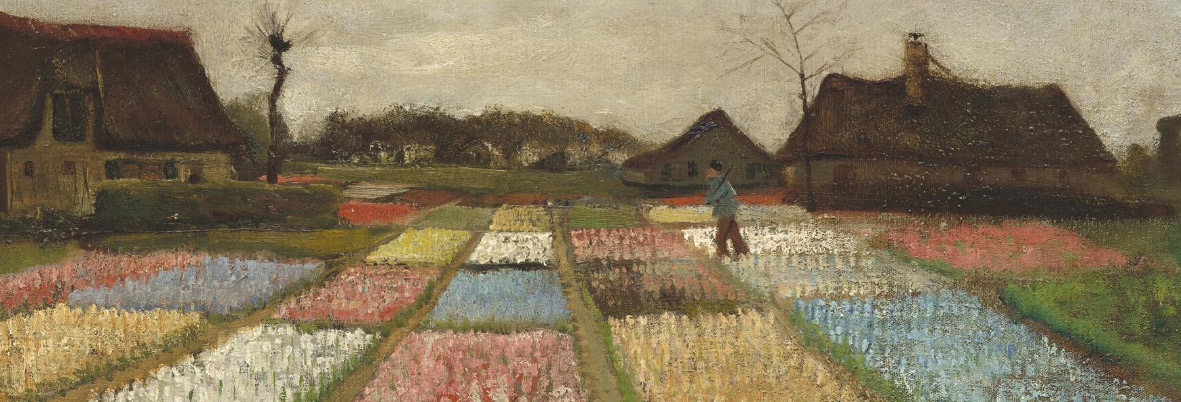后印象派(Post-Impressionism)


文森特·梵高(Vincent van Gogh)
文森特·威廉·凡·高(Vincent Willem van Gogh)是荷兰后印象派画家,他是西方艺术史上最著名,最有影响力的人物之一。在不到十年的时间里,他创作了约2100幅艺术品,其中包括860幅油画,其中大部分是他生命的最后两年。它们包括风景,静物,肖像和自画像,并以大胆的色彩和戏剧性,冲动性和表现力的笔法为特征,为现代艺术的基础做出了贡献。在37岁的精神疾病和贫困之后,他自杀了。
Vincent Willem van Gogh was a Dutch Post-Impressionist painter who is among the most famous and influential figures in the history of Western art. In just over a decade he created about 2,100 artworks, including around 860 oil paintings, most of them in the last two years of his life. They include landscapes, still lifes, portraits and self-portraits, and are characterised by bold colours and dramatic, impulsive and expressive brushwork that contributed to the foundations of modern art. His suicide at 37 followed years of mental illness and poverty.


